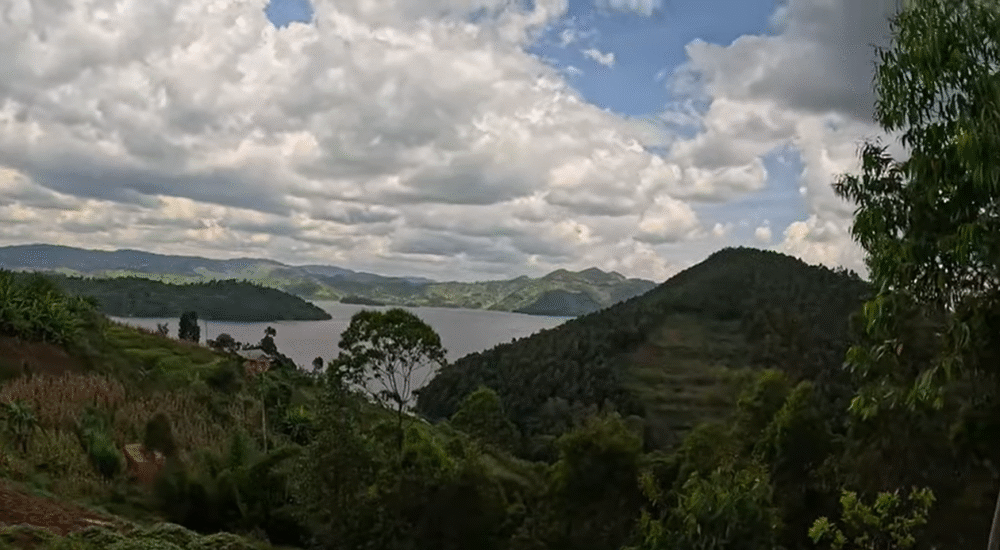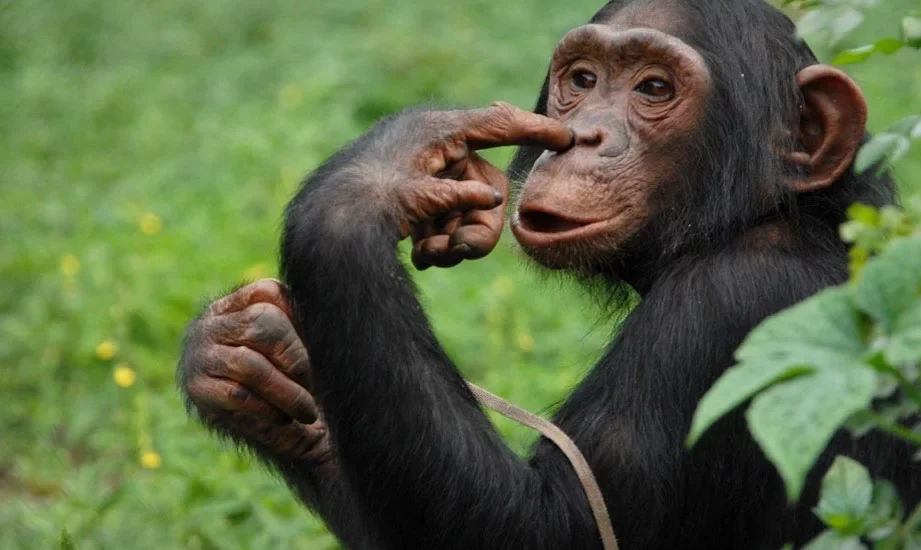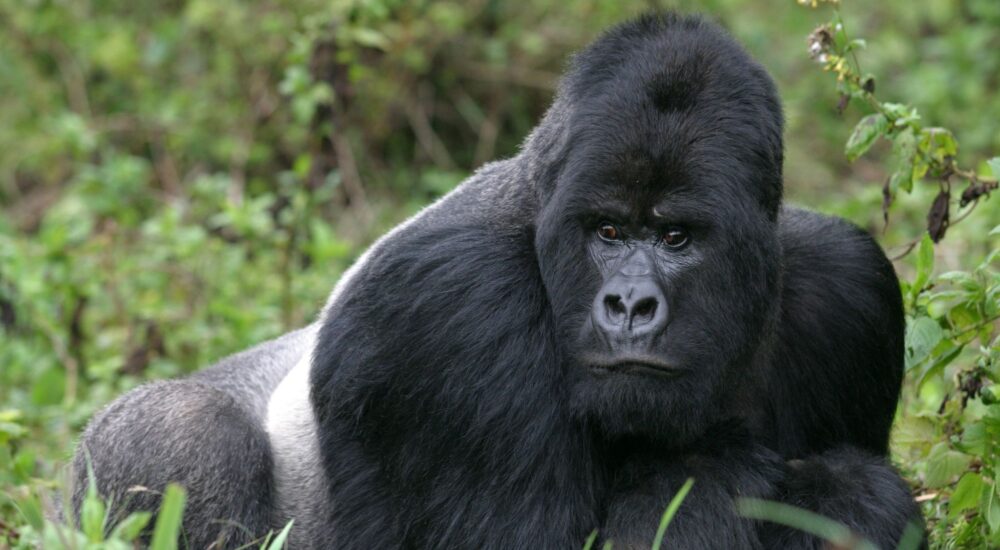Rwanda, known for its stunning landscapes and rich biodiversity, offers many unique travel destinations. One…
Game drives in Akagera National park
Game drives in Akagera National park, In Rwanda, game drives take place in Akagera national park, which is the only Savannah park. The best way to see a lot of grassland national parks on safari is to go on a game drive. Safari jeeps, which are specially made for safaris and are easy enough to use, are a great way to see the park. During game drives, you can see a variety of animals, birds, and beautiful scenery from the safety of your own custom-built safari cars.
In Akagera National Park, there are game drives.
Many people come to Akagera National Park to go on game drives, which is the main thing they do there. There are three different types of game drives at Akagera: a half-day game drive in the morning, a game drive in the afternoon, and a game drive at night.
There are game drives in the morning from 6:30 a.m. to 11:30 a.m., in the afternoon from 12 p.m. to 5 p.m., and at night from 5:30 p.m. to 8:30 p.m. You can only go on the night game drives in the southern part of the park. The AMC cars pick you up at your hotel and drop you off at your hotel at the end of the trip. They also do night game drives.
You can book a game drive in Akagera National Park for either half a day or the whole day. You can go on a full-day game drive from 6:30 a.m. to 5 p.m. You can go on a self-drive game drive in the park, but if you’d rather have an Akagera guide, you can pick one up at the Akagera office before 9 a.m. and be dropped off after 5 hours for a half-day game drive. Take the guide after 9 a.m. and return it before noon, and you will be charged for the whole day. The half-day fee will also be charged for guides picked up after noon.
When it’s cool outside and animals are looking for food, morning and evening are the best times to watch wildlife. People of all nationalities, including children and adults, must pay to enter the country. Akagera National Park lets kids under five years old go there for free and do everything there is to do. To get a pardon, you must show proof of your status; otherwise, you will have to pay the normal fees.
The AMC-run day game drives have the following prices: the half-day game drive, which lasts for five hours and includes a driver guide, costs 180 USD; the full-day game drive, which can fit up to seven people, costs 280 USD. It costs $40 USD for adults and $25 USD for kids ages 6 to 12. The night game drive lasts for two and a half hours. You can go on a self-drive game drive in Akagera National Park for free. But if you want a guide from Akagera, it costs 25 USD per guide for a half-day (5-hour) game drive or 40 USD for a full-day game drive.
HOW TO GET TO AKAGERA NATIONAL PARK
Akagera National Park in Rwanda might not be the best place in Africa for a wildlife trip, but it should be on your list if you want a beautiful tour in a wildlife-rich environment. There are buffalo, rhinos, leopards, lions, and elephants in the park. They are known as the “big five.” Giraffes, zebras, and hippos are some of the other wild animals that live in the Park. Kigali International Airport, the country’s main airport, is about a three-hour drive from the park, making it one of the closest animal parks to the airport.
Akagera National Park is in the eastern part of Rwanda. It has fields with beautiful scenery, and you can see many animals while on a game drive. The park covers the whole of Lake Ihema, so you can go on a boat tour.
The park is home to more than 500 kinds of birds and several kinds of mammals. It is also home to the “Big 5” animals: lions, leopards, rhinos, elephants, and cape buffalo. Giraffes, Elephants, Bushbucks, Hippos, Impalas, Topis, Zebras, Buffaloes, and many more are animals to keep an eye out for. There are game drives in the northern part of the park because that’s where the animals live. but the animals are all over the park. The south gate lets you into the park, and the northern gate lets you out.
ACAGERA NATIONAL PARK’S WILDLIFE
Akagera became a “Big Five” park in May 2017 after lions and rhinos were brought back into the area. It now has healthy populations of zebras, giraffes, hundreds of bird species, lions, leopards, elephants, rhinos, and cows.
hunters: Leopards and spotted hyaenas were the only big hunters in the park before lions were brought back. The species was driven to extinction in the 1990s, but in 2015, seven lions were brought back to the area. In 2017, two more male lions were brought into the park to boost genetic diversity. Since then, the number of lions in the park has quadrupled. There are also a lot of small predators. The serval, the side-striped jackal, and many kinds of mongoose and viverrid are doing very well.
In Akagera, you can often see olive baboons and vervet monkeys, which are both primates. The shy blue monkey is much less common. Until a few years ago, people thought they had died out in the park.
The largest animals that live in the park are the elephant, rhino, giraffe, and hippopotamus. They join buffalo, topi, zebra, defassa waterbuck, the elusive roan antelope, and the beautiful eland as naturally occurring large plains game. Duiker, oribi, bohor reedbuck, klipspringer, bushbuck, and impala are some smaller animals. The critically threatened Masai giraffe was brought to Akagera from Kenya in 1986. There are now about 78 of them living there.
Elephants have always lived in Akagera, but hunting killed all of them until 1975, when a group of 26 young elephants, all under eight years old, were brought back. Since then, the number of founders has grown to about 100. An aerial census done every two years found 11,891 large animals, including 133 elephants, which was 20% more than the previous census in 2019.
In 2017, 18 eastern black rhinoceroses made the unique journey back to Akagera and Rwanda after being gone for 10 years. When five black rhinos from European zoos were brought to the area in June 2019, they promised to increase genetic variety. The first calves were born in 2018. Together with the RDB and andBeyond, we were able to move 30 Southern white rhinos from Phinda Private Reserve to Akagera. This was done to help the rhinos’ range and provide a safe home for the species.
There are other things to do in Akagera National Park.
Seeing birds
Akagera National Park in Rwanda is a well-known and important place to see birds. Akagera National Park is a great place for bird watchers to go because they can see both rare birds like the papyrus gonolek and the shoebill as well as more common birds like weavers, egrets, and different kinds of Kingfishers.
On game drives, nature walks with a ranger, and boat trips on Lake Ihema, you can see birds. Birdwatching on Lake Ihema lets you see animals that live in water that you wouldn’t see on a game drive in the Savannah grasslands. Overall, we recommend hiking at Akagera National Park because there are so many species to see and it’s easy to do so.
Boat Tour
It is exciting and risky to explore Akagera National Park by boat. Lake Ihema is where most of Akagera’s boat tours happen. The lake is in the southern part of the national park and is one of the ten biggest lakes in the park. The lake’s area is about 90 square kilometers, and the water level is between 5 and 7 meters deep. The eastern end of the lake is on the border between Tanzania and Rwanda. River Kagera, which flows through the national park and feeds most of the lakes there, fills the lake.
There is a lot of wildlife in and around Lake Ihema that you can see on a boat tour. Wildlife like hippos and crocodiles can be seen from the water on a tour of Akagera National Park’s Lake Ihema. People know that the lake has the most hippos of any lake in East Africa. A lot of different kinds of birds can be seen, like the Papyrus Gonolek, jacanas, herons, sandpipers, malachite kingfisher, hawk, and the rare shoebill stork.
Meetings between cultures
Get a feel for rural Rwandan life near the villages where people raise cattle in Akagera National Park. You can watch or take part in traditional cow feeding, milking, and storing milk in calabashes to keep it fresh. The next step is to learn how to turn milk into different products, like yogurt and ghee. Finally, you help make dinner using some of the items from the milk products.
The villagers who live near the park enjoy this as a real culture experience, and it may help them make extra money from farming. In the long run, this is good for environmental culture and the animals in the park.


